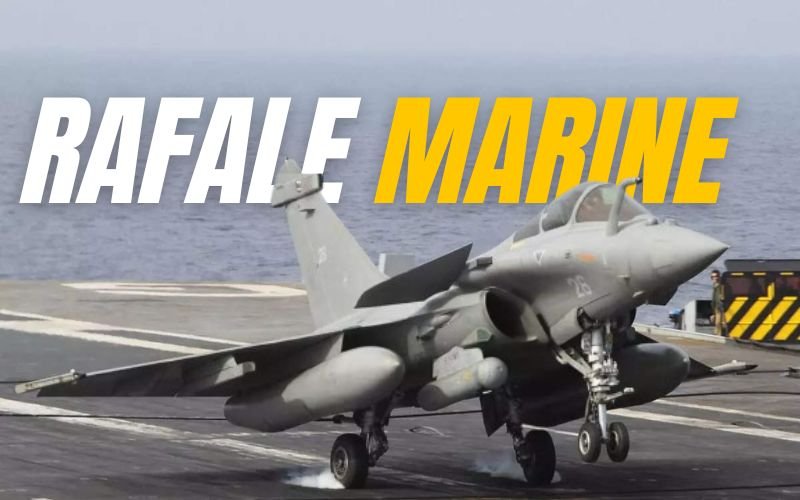
China’s First Super-Carrier May Pose a New Challenge for the Indian Navy
China’s inaugural super-carrier, the Fujian, weighing in at 80,000 tons, has returned to port following a brief sea trial. Marking a significant advancement in China’s naval prowess, this state-of-the-art warship signifies a substantial leap in the country’s military capabilities.
Designated as the Type 003 class carrier, the Fujian stands as China’s first domestically designed aircraft carrier, boasting an integrated propulsion system and electromagnetic catapults. These catapults, a departure from conventional steam-powered ones, promise reliable and precise aircraft launches from the Fujian’s deck. Notably, the US Navy remains the sole other force to deploy such technology on its carriers.
Expected to commence trials of carrier-borne aircraft imminently, the Fujian’s journey toward full operational readiness may span up to a year.
China’s strategic pursuit of aircraft carriers reflects a concerted effort to bolster its naval strength and extend its influence, particularly across the Indo-Pacific region.
The Liaoning, China’s maiden aircraft carrier, acquired from Ukraine in 1998, underwent substantial refurbishment before being commissioned into the People’s Liberation Army Navy (PLAN) in 2012. Serving primarily for training purposes, the Liaoning symbolizes China’s ascent as a military powerhouse.
Following suit, the Shandong, China’s second carrier and the first domestically constructed one, was launched in April 2017 and entered service in December 2019. Distinguished by significant modernizations from its predecessor, the Shandong has already seen operational deployments, notably featuring the Shenyang J-15 ‘Flying Shark’ fighter.
Moreover, the Chinese Navy’s ongoing development of the J-35, a stealth fighter tailored for carrier operations, underscores China’s commitment to enhancing its naval capabilities. The J-35 is envisioned to complement China’s latest carrier, the Fujian.
Meanwhile, the Indian Navy, which currently operates two aircraft carriers, has long sought a larger, more capable carrier. However, fiscal concerns have hindered progress, with estimates suggesting that a carrier akin to the Fujian could entail substantial costs for India.
In the interim, the Indian government mulls green-lighting a smaller carrier akin to the INS Vikrant. Additionally, negotiations with Dassault of France for the acquisition of Rafale-M fighters for the Vikrant signify efforts to modernize India’s carrier-based fleet.
As of May 2024, nine nations boast frontline aircraft carriers, with the United States leading the pack with 11 operational carriers, showcasing the enduring significance of naval power in global geopolitics.



